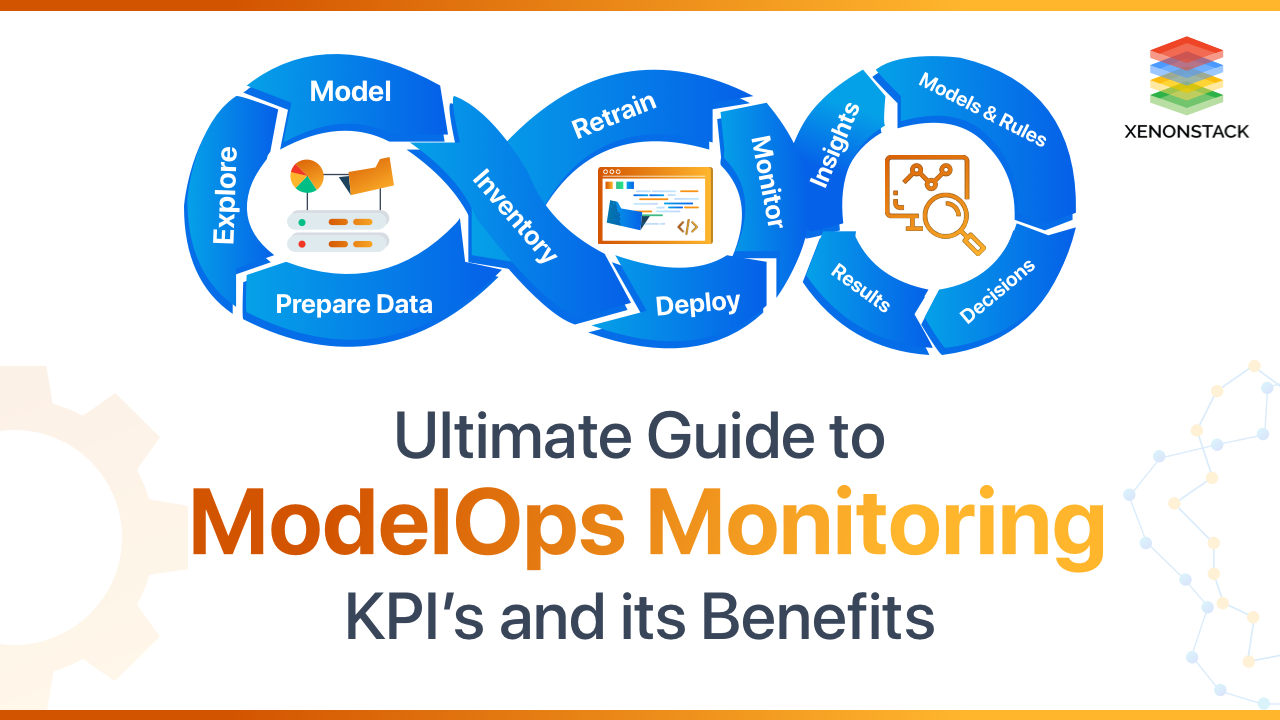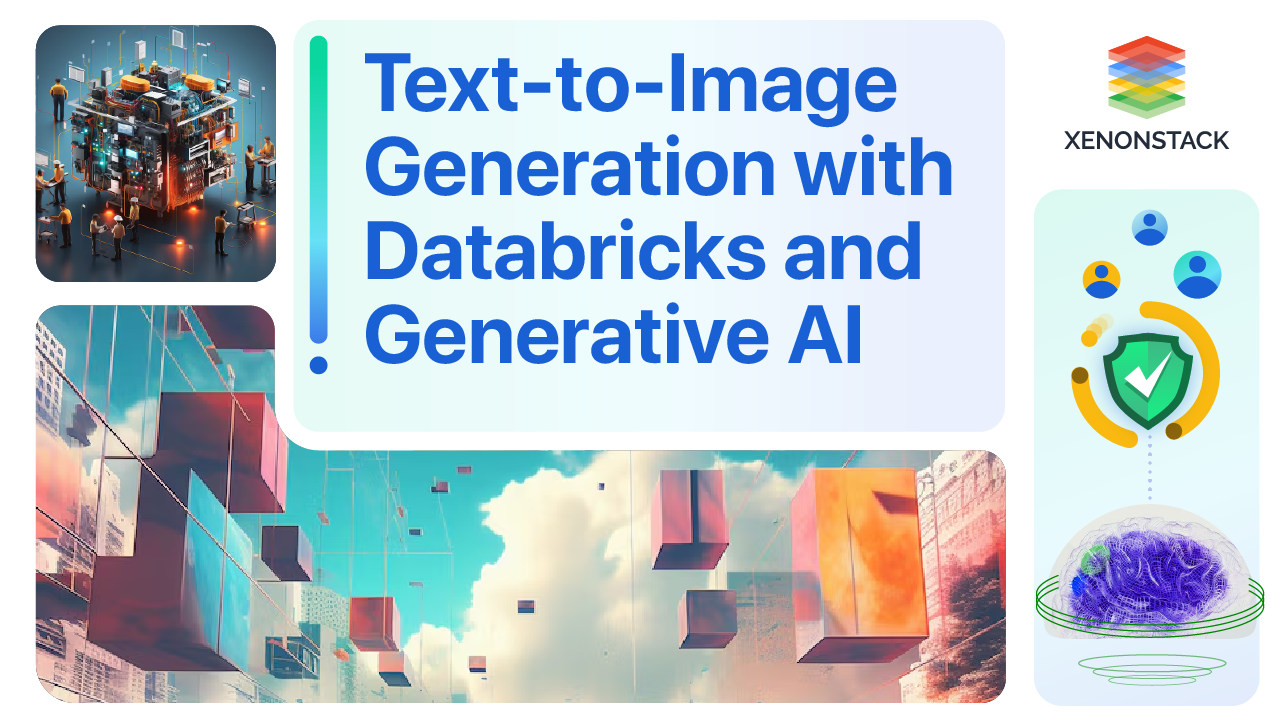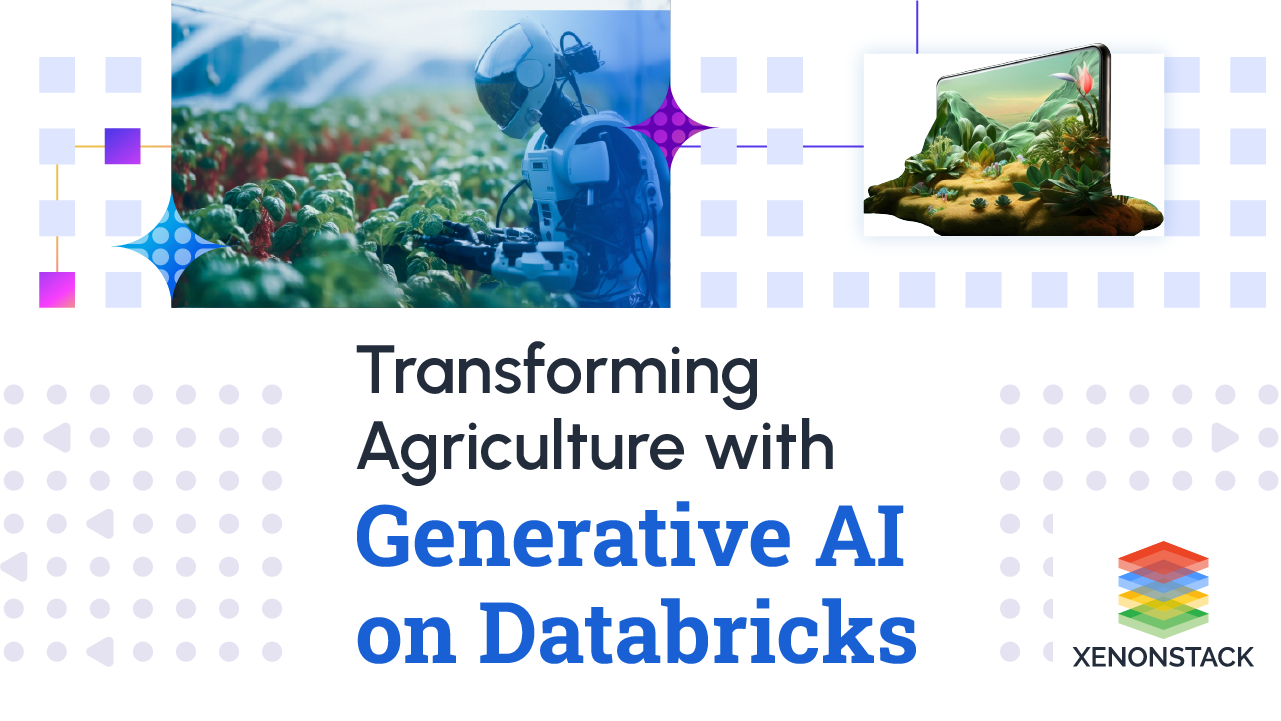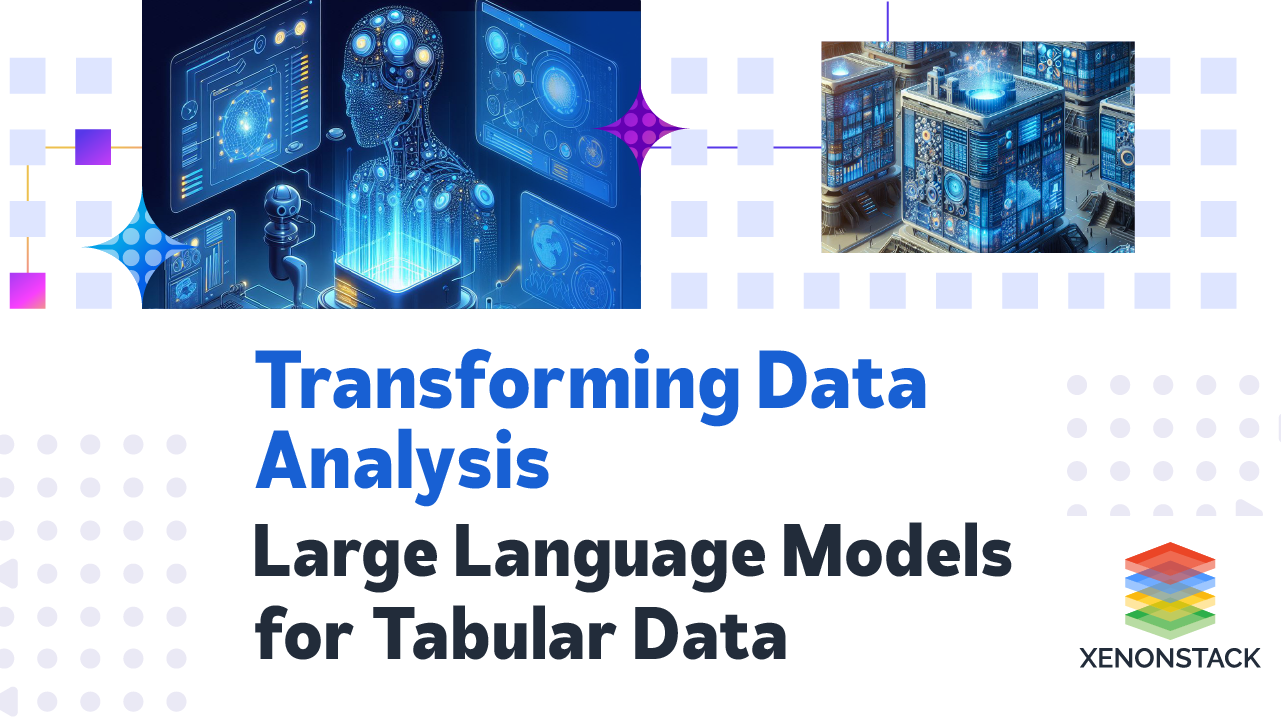
Introduction to ModelOps Monitoring
Nowadays, organizations prefer Artificial Intelligence to solve serious business issues, predict future actions, and leverage data in complicated ways, even a few years ago. By using innovative tools and technologies, creating predictive algorithms has become the standard practice for data scientists. Still, companies struggle to deploy and maintain those algorithms effectively, often called the “last mile” of the AI journey.
ModelOps, which operationalizes AI models, has been gaining traction to successfully automate the distribution and maintenance of AI, pushing it through the finish line and ensuring that it continues to improve and rise in value. Consider Alexa: to update the hundreds of algorithms that must be designed to answer a slew of new questions, you'd need an army of workers. So, what is the answer? That is where automating the AI lifecycle comes in as the only way to handle the growing armies of algorithms.
ModelOps enables technology to converge multiple AI objects, solutions, and AI frameworks while maintaining scalability and governance. Click to explore about, What is ModelOps and its Operationalization?
What is Modelops?
- According to Gartner, ModelOps is primarily concerned with the governance and life cycle management of many AI models.
- It automates AI solution development, validation, scoring, deployment, governance, and upkeep.
- ModelOps enables businesses to shorten production cycles and deliver results to end users at scale while continuously improving outcomes.
- ModelOps guarantees that the data used to train AI models also considers the operational data used in production and the modeling and retraining necessary down the road by cooperating between data science teams and IT. Because IT personnel aren't typically educated to comprehend analytical models, deploying them without help might be problematic.
Monitoring each machine learning model requires attention from many different perspectives to ensure that each aspect of the model runs accurately and efficiently.
Why do we need to monitor ModelOps?
According to SAS, models can degrade as soon as they are implemented. Of course, certain elements will have a more significant influence on your models' performance than others. The following are some of the most common problems that you will almost certainly encounter.
Data Quality
Subtle changes or tweaks in data that could go unnoticed or have a modest impact on traditional analytical approaches may have a bigger influence on machine learning model accuracy.
As part of your ModelOps operations, it's important to accurately analyze the data sources and variables accessible for use by your models so you can answer:
- What data sources will you employ?
- Would you alert a customer if a decision was made based on this information?
- Do the data inputs directly or indirectly breach any restrictions?
- What measures have you made to combat model bias?
- How often do you add or update new data fields?
- Do you believe you'll be able to replicate your feature engineering in the production environment?
Time to Deployment
- Because the development/deployment cycle for models can be extensive, you should first establish how long your organization's cycle is, then set benchmarks to measure progress.
- Break your process down into steps, then compare and evaluate projects to see what works and what doesn't.
- To help automate some processes, consider adopting model management software.
Degradation
- Be on the lookout for issues like bias and drift. The solution to these problems is to create a strong stewardship model in your company.
- If everyone from model developers to business users takes responsibility for the health of your models, these concerns may be addressed before they have an impact on your bottom line.
ModelOps enables you to transfer models as rapidly as possible from the lab to validation, testing, and production while assuring quality outcomes. Click to explore about, ModelOps in Artificial Intelligence Projects
Different perspectives for monitoring models and their importance?
- Monitoring the model from a data science perspective.
- When data scientists examine their models, they are looking for one thing in particular: drift.
- Drift occurs when data becomes irrelevant or useless to the situation at hand. Because data is constantly changing, drift is unavoidable.
- Data scientists must monitor machine learning models to guarantee that the model inputs are similar to those used in training. If they don't, the data could be tampered with.
- Monitoring the model from the operational perspective.
- On the operational side, it's critical to keep an eye on the amount of resource consumption, which includes CPU, memory, disc, and network I/O.
- These are indicators of how well the model is performing. Latency and throughput are two other operational critical performance indicators.
- Throughput is the amount of data successfully transmitted from one location to another in a particular period. In contrast, latency is the time it takes for a data transfer to begin the following instructions for data transmission. These are critical factors to keep an eye on to ensure that everything is in order.
- Monitoring the model from a cost perspective.
- Many ModelOp customers need to track the number of records generated per second by their analytic models.
- Although this provides some insight into the model's efficiency, organizations should also consider the benefit versus the cost.
- This is why it's essential to keep track of your models' records/seconds/costs. You can use this information to keep track of how much this model is costing you and whether the value it generates is worth the price.
- Monitoring the model from a service perspective.
- Service level agreements (SLAs) are required for many fundamental business functions. Software organizations, for example, may commit to a four-hour response time for significant issue patches.
- It's critical to develop, monitor, and meet agreed-upon SLAs while monitoring your analytic and the full analytical workflow for company success.
- SLAs for analytics might include the maximum time it takes to create a model, deploy a model, and/or iterate on a model that’s in production.
ModelOps ensures that a suitable model will be deployed in production. An accurate model can be defined as one that satisfies the business requirements and generates output accordingly. Click to explore about, ModelOps for Scaling and Governing AI initiatives
What are the KPI's for monitoring ModelOps?
The below highlighted are the KPI's for monitoring ModelOps.
Training
- Accuracy
- Number of rows and columns
- Time
- Variable Importance
Scoring
- Iteration data-Validation
- Prediction
- Data Health Summary
- Accuracy Summary
- Data error rate
- Cache hit rate
Monitoring
- How many models are in the production stage?
- Where are models running?
- How long have they been in business?
- Have models been validated and approved?
- Who approved them?
- What tests were run?
- Are results reliable/accurate?
- Are our compliance and regulatory requirements being satisfied?
- Are models performing within threshold?
- What is ROI for a model?
What are the benefits of enabling ModelOps?
- Get Started Quickly: Reduce the time it takes for AI to be implemented in production from months to minutes. To add AI power to any application, use APIs and SDKs to have your models up and running in minutes.
- Flexibility: Run your business the way you choose, set your usage limitations, and pay as you go. Multi-instance, allowing you to set up many teams and users for your company.
- Create Efficiencies: By automating model management, you can enable model exchange and reuse while also saving time for your team.
- Simple Integration: Add AI power wherever you need it with ModelOps for teams. Connects to your existing data storage tools, continuous integration/continuous delivery pipelines, model training tools and frameworks, and business apps. Future integrations and flexibility are possible because of the open design.

Conclusion
KPIs are a series of indicators that are tied to a set of strategic goals. Your business must have a solid foundation for accurately recording and conveying data. The metrics can then be fine-tuned to produce actionable statistics regarding key activities or projects that are understandable to all stakeholders. KPIs enhance decision-making and provide executive-level information on a project's or act's success. You may further validate outcomes and alter your path to accomplish your goals once your business has used KPIs.
- Discover more about Artificial Intelligence in Cyber Security
- Click to explore about Artificial Intelligence in IT Infrastructure Management
- Read more about in Software Testing | Benefits and its Trends


